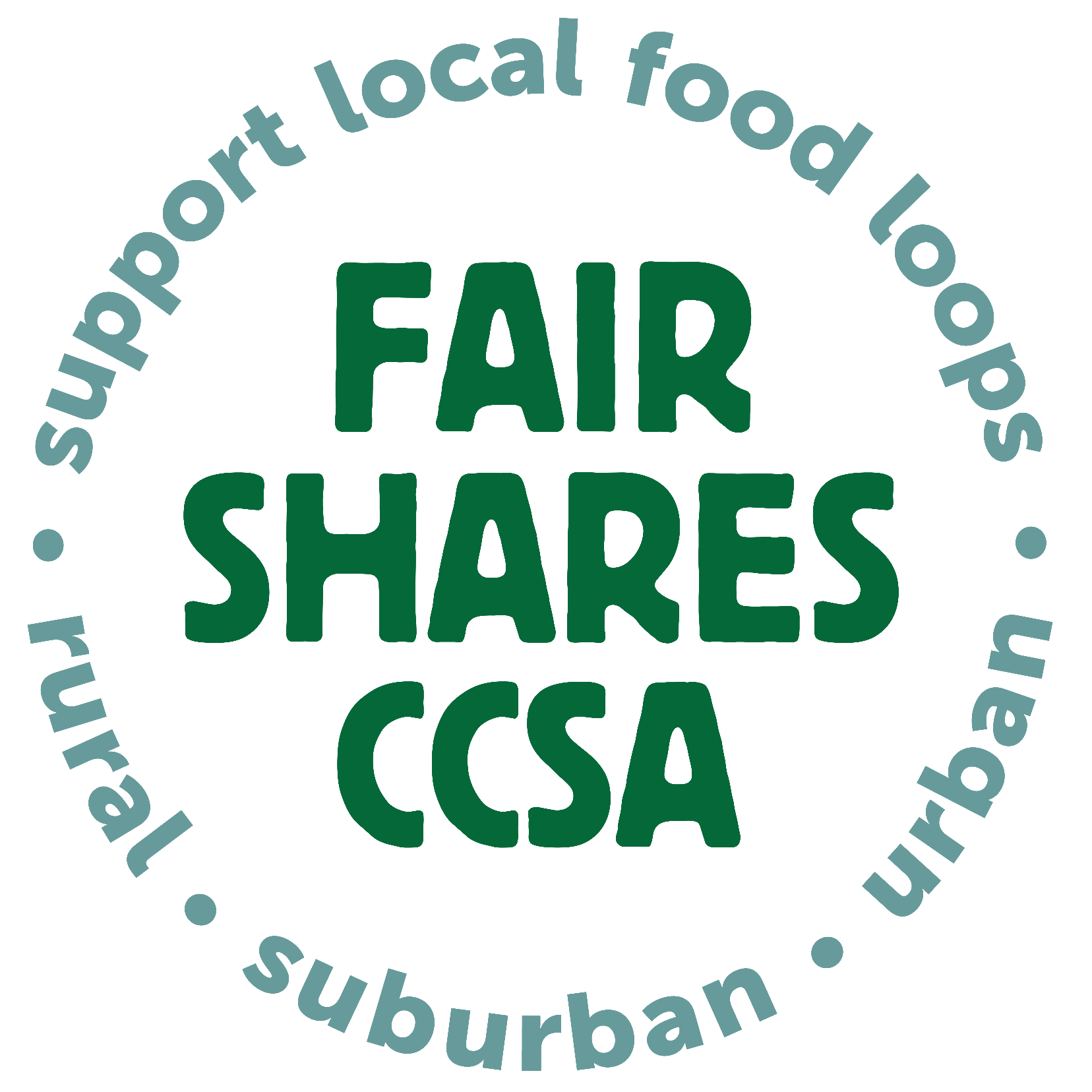This info was copied straight from Prairie Fruit’s website, which you should visit for more farm info and great photos.
http://www.prairiefruits.com/blog/32685
Snow Fog: A Cheese Aptly Named
Posted 12/8/2016 10:31pm by Leslie Cooperband or Wes Jarrell.
One of the joys of being a farmstead and artisan cheese maker in the U.S. is that we get to make up names for our cheeses. We are not tied to the ancient traditions of protected name (AOC in French) cheeses such as “Camembert de Normandie,” “Comte” or “Roquefort.” In true American entrepreneurial spirit, we build on the traditions of the old world and spin new twists suited to our milk, our seasons and our natural resources.
Last winter, when we embarked on our new venture of making jersey cow milk cheeses when our goats are dry, I turned to the place that has inspired me from day one of my cheese making adventures-France. I wanted to make a bloomy rind cheese with this high-fat golden milk, partly because I love to make little cheeses with white fuzz, and partly because I was curious how the jersey milk would compare with our goat milk bloomies. However, I didn’t want to just follow our recipe for Little Bloom on the Prairie, nor did I want to parrot a camembert recipe (too pedestrian). So, I came upon a lactic curd version of bloomy rind cow milk cheese called a “chaource.” If your eyes are starting to glaze over from the cheese making jargon, please indulge me.
This cheese originated in the Champagne and Bourgogne regions of France. It starts its life in a similar fashion to chevre; a long and slow fermentation of the milk (this is the lactic part-the starter cultures eat the milk sugar, lactose, and produce lactic acid as a by-product; the lactic acid curdles the milk and separates the curd from the whey). The curd is gently cut before ladling directly into molds and then left alone for several hours before undergoing a series of flips to help the whey drain and the cheese to firm up. The rounds are dry-salted, not brined, and, once firm, they go through a lengthy drying period to ensure a delicate thin bloomy rind develops in a high humidity aging room. I chose the name “snow fog” for this cheese because the rind reminded me of the frozen fog that descends on our farm from time to time. The paste starts firm and delicate and graduates to some degree of gooeyness with age.
As I gauge a customers’ interest and cheese knowledge at the farmers’ markets or at the farm, I try to find words to describe the cheeses we make. I choose words carefully, watching facial expressions and reactions as I begin the cheese’s story. I search for words familiar to each person before me; as they feed me clues, I feed them more or less information or I simply offer them a taste.
Last week, at the end of a not-very busy farmers’ market, a lovely young couple approached my stand asking for “black goat.” As I delivered the sad news that “black goat was finished for the season,” and probed them for other options, I detected their accent as French. I offered them a taste of “snow fog,” initially describing it as ‘camembert-like,’ not really knowing the depth of their cheese knowledge. When the gentleman replied, “this is not a camembert, this is a chaource,” I nearly fell backwards with joy. “Yes, it is a chaource,” I smiled. “No one here knows what a chaource is, and frequently, they don’t know what a camembert is either.” We, the customer and I, were both happy; he was happy because he loves chaource and cannot find it anywhere in the US, and I was happy because he knew exactly what cheese I was trying to make. When I returned home, energized by the encounter, I went back to the book that is my “bible” for French cheeses-Dorling Kindersley’s “French Cheeses,” and I re-read the description for “chaource.” When I read “it melts in the mouth like light snow,” my cheese maker’s rapture was complete.

